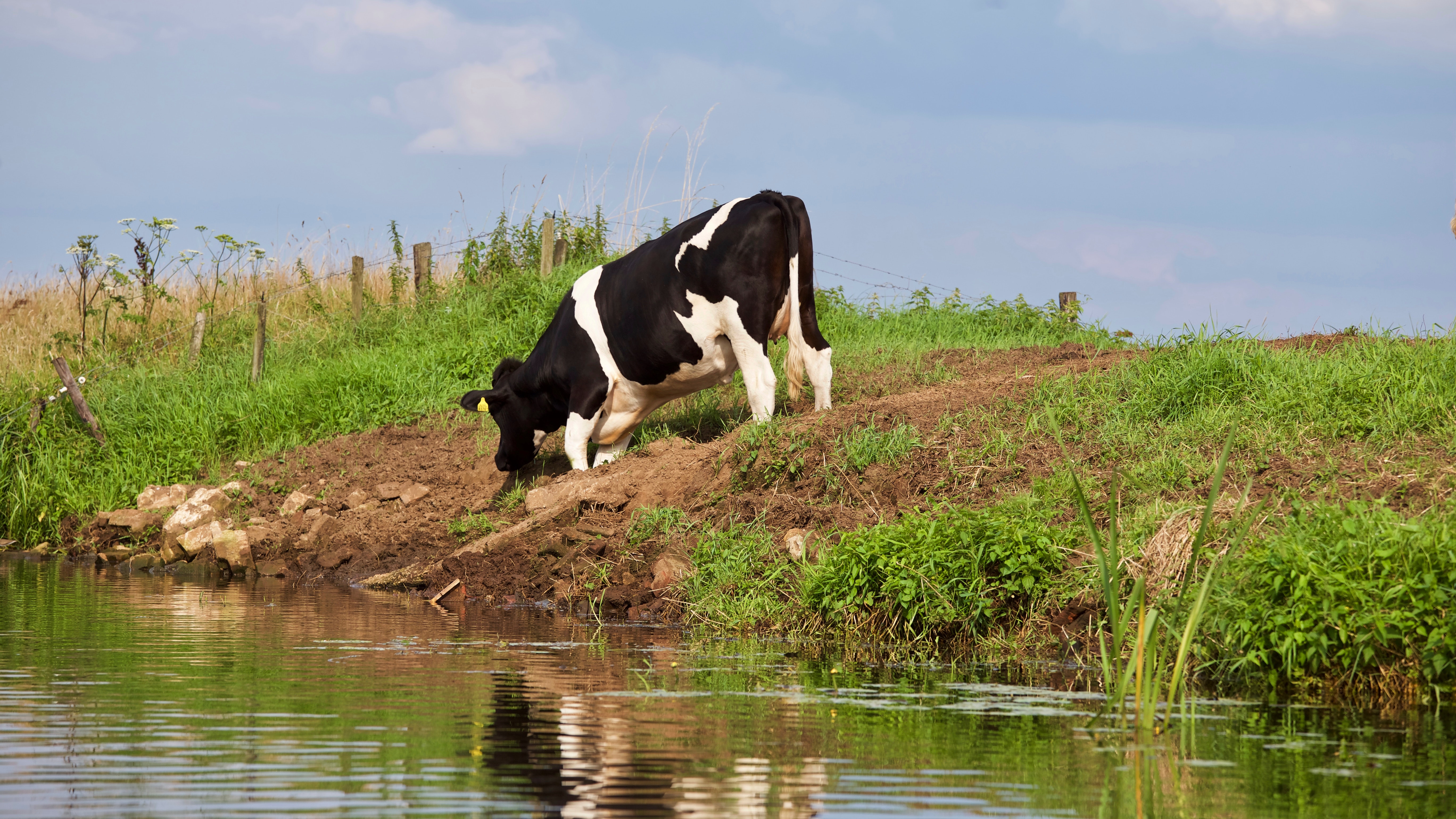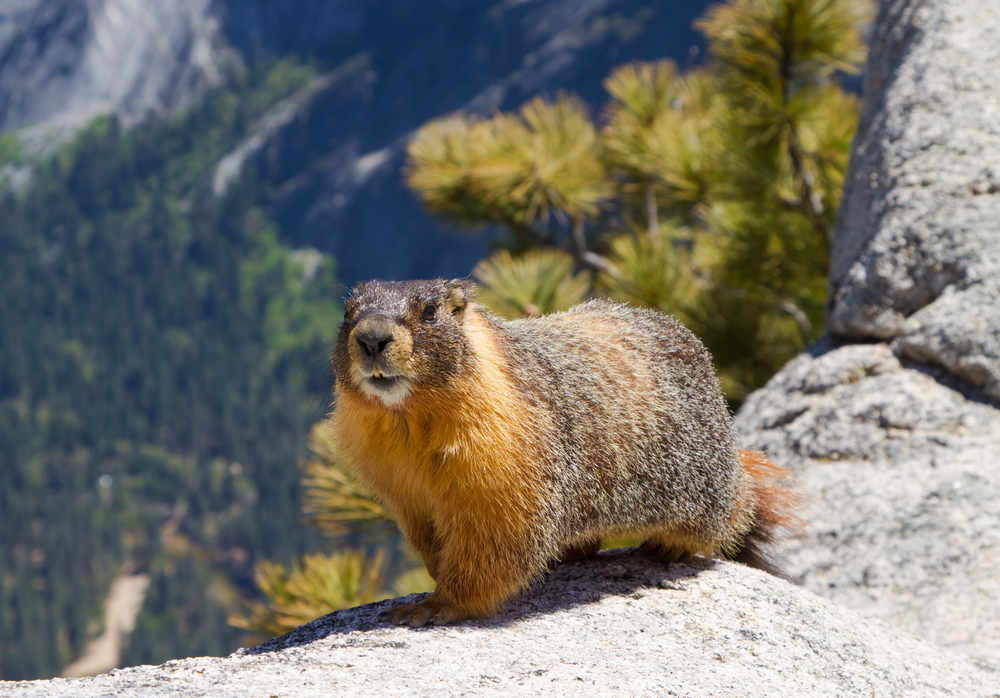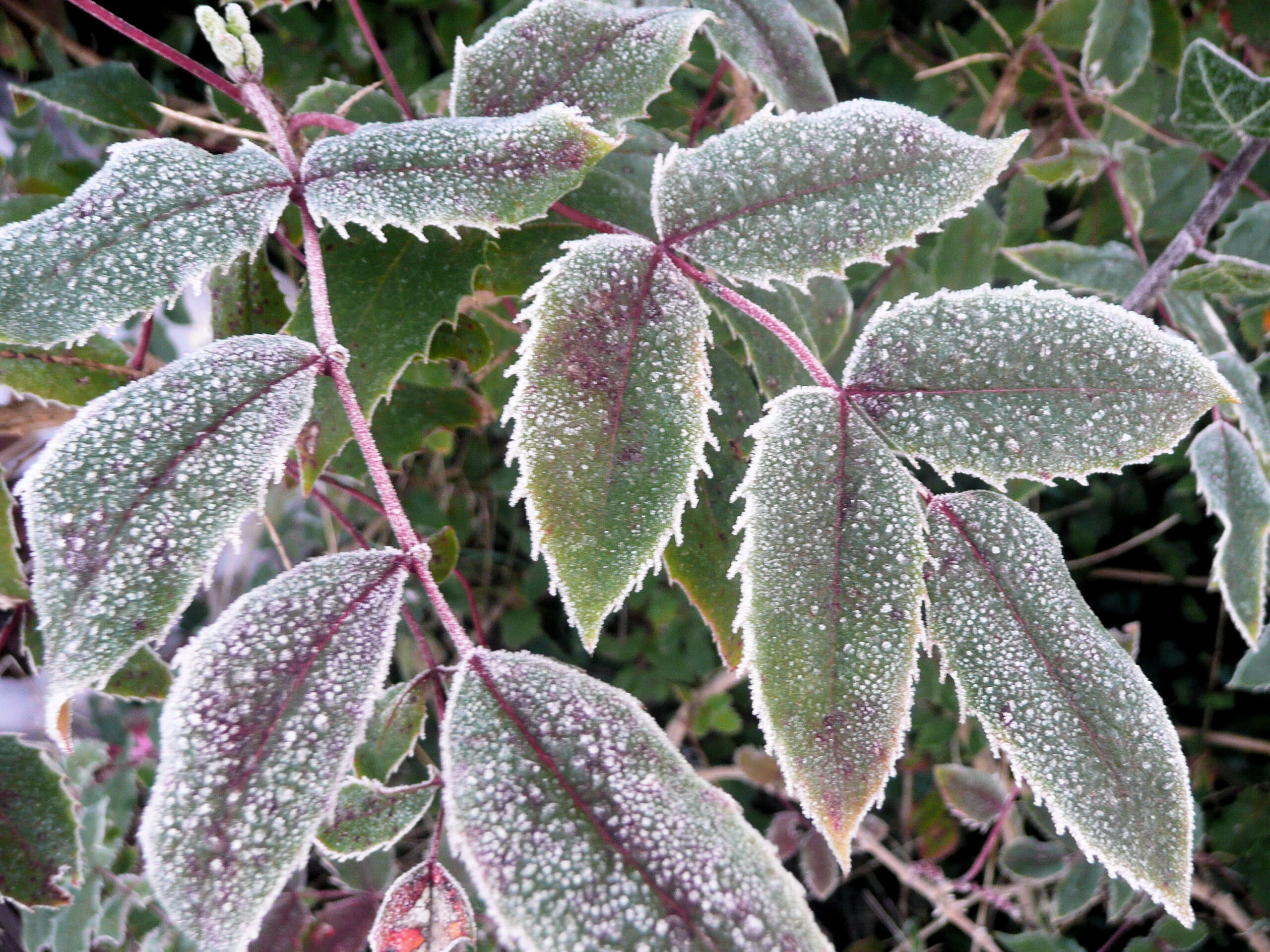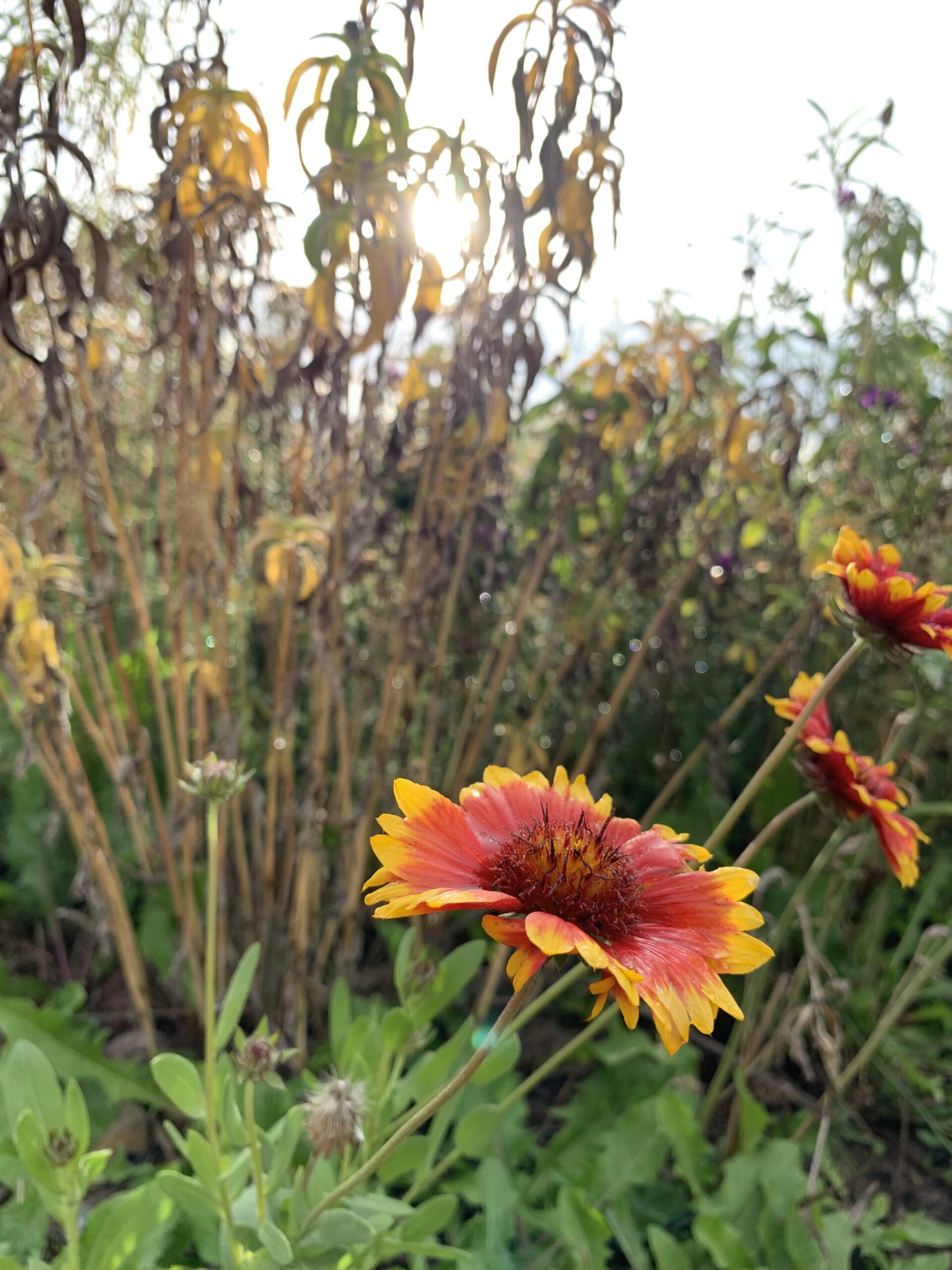By Jessie Walthers, Conservation Program Manager Groundhog Day. Who doesn’t love this most random of…

Western Ranching & Water Resources
The landscape and hydrology west of the continental divide present unique challenges to ranchers and their natural resources. Surface water is relatively abundant, and offers a source of clean, fresh water. However, unlike the large, sprawling rangeland and prairie pastures east of the continental divide, western ranchers commonly concentrate livestock into smaller pastures or paddocks that are a mix of forest and open land. Livestock are often provided direct access to natural waterbodies such as streams, rivers, ponds, and lakes. While this can provide a reliable water source, impacts to water quality, and ultimately the health of the livestock, can be substantial.
With continuous access, livestock trample streambanks and graze down riparian vegetation. As a result, banks become unstable and erode, the channel widens and becomes entrenched, and stream temperatures increase due to loss of shade. Excrement from grazing animals can be input directly to water or runoff from the land. Resulting degradation of water quality can lead to toxic algal blooms that are dangerous for livestock contact and consumption, and loss of vegetation eliminates shade that is critical to keeping livestock cool during hot western summers.
There are management options that can protect water resources and provide benefits to livestock at the same time. Rather than allowing unlimited access by livestock to a stream, infrastructure can be strategically installed to develop “riparian pastures”. Ranchers can install fencing with a water gap to provide access at a single location to drink, while protecting the banks and riparian vegetation along the rest of the stream channel. Gates in riparian fencing allow the rancher to provide access to the stream for short periods of time to shade livestock and graze to promote regrowth of vegetation. Stock tanks and pipeline placed away from the water’s edge can provide livestock with water while protecting sensitive stream banks and shorelines. In areas where these practices have been implemented, landowners have seen noticeable benefits to their water quality, landscape, and livestock.
Programs exist to assist landowners with managing their livestock while protecting the natural resources they depend on. Conservation Districts and the Natural Resources Conservation Service often jointly offer information, technical resources, and financial assistance programs to landowners to implement these practices. The Soil & Water Conservation Districts of Montana is currently offering a cost-share program called Ranching for Rivers that provides financial assistance to landowners to install infrastructure and access to services from certified grazing plan developers.
To learn more about the intersection of livestock and natural resources, and the programs and assistance available to benefit both, contact our office and check out these programs:
Flathead CD: Conservation Grant Program
SWCDM: Ranching for Rivers
NRCS: Environmental Quality Incentives Program and Conservation Stewardship Program



